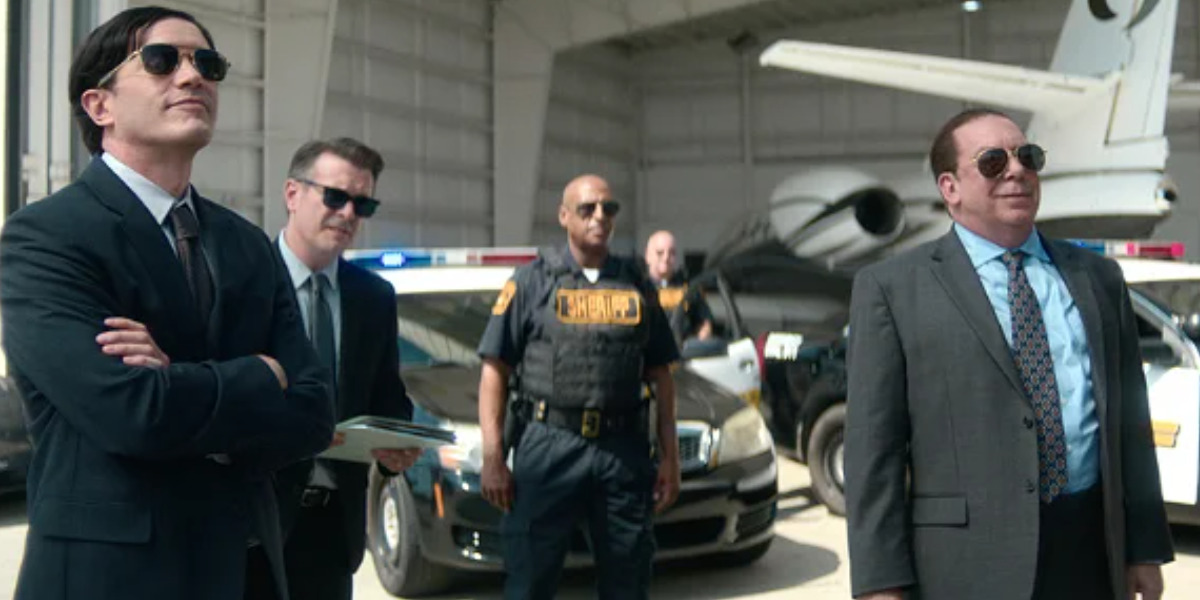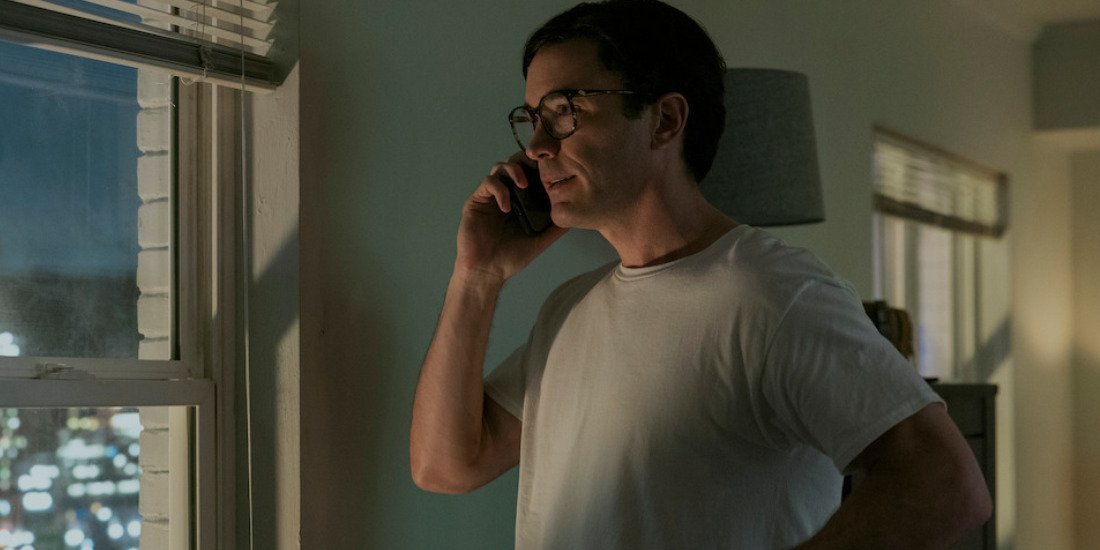‘A Man in Full’ transports the viewers to a business mogul’s raging battle for his continued successful existence as he fights tooth and nail against the forces attempting to back him into a corner. Charlie Croker of Croker Industries is at the narrative’s center, with various businesses under his control— from real estate to food distribution. However, the size of his ambitions ends up landing him in a financial sore spot, as he falls behind on loan payments, rendering himself deeply indebted to several banks. PlannersBanc, an institution that— in many ways— found its relevance through Charlie’s business, presents to be the most difficult of adversaries as it lords the 800 million dollar loan over the man’s head, condemning him to future bankruptcy.
For the same reason, as the viewers watch the narrative unfold, with Charlie and PlannersBanc’s rivalry at the narrative center, a natural curiosity is bound to arise regarding the establishment’s basis in reality.
PlannersBanc: A Fictional Establishment
‘A Man in Full,’ adapted from the pages of Tom Wolfe’s eponymous fictitious novel, extracts most narrative pieces, from characters to companies, from the source material. As a result, much like Wolfe’s work, the Netflix show is also a work of fiction without any biographical elements attached to it. For the same reason, even establishments like PlannersBanc— the central bank within this comedy-drama about financial failings— remain works of fiction. In PlannersBanc’s case, the establishment’s physical structure holds a counterpart in Atlanta’s real-life Bank of America Plaza, employed for the filming of the former’s on-screen exterior.
Yet, the bank itself is a fictional tool fabricated for plot progression. In the show’s nuanced depiction of moral reprehensibility expressed in shades of gray through both the protagonist and antagonist elements, PlannersBanc presents a perfect balancing force against the Croker empire. Even though Charlie remains the show’s central protagonist, it bears little relevance to his morality. Therefore, the man retains many stereotypical preconceived notions of absurd wealth, greed, and ego that the audience may harbor about wealthy businessmen.

Identically, PlannersBanc, represented on the screen by sharply dressed bankers eager to bring an individual’s downfall through humiliation and ridicule, also fits into the cliched mold of morally bankrupt bankers. Nevertheless, as the narrative progresses, the storyline gains a distinct sense of nuance, bringing more structure and humanity to both sides of the coin. In doing so, the show manages to retain a sense of familiarity that many people may associate with the cutthroat business world without saddling the elements with cliches and allowing space for refined yet entertaining exploration.
For the most part, the narrative achieves the same through the characters of Raymond Peepgrass and Harry Zale, who carry a deep-seated desire to watch Charlie Croker’s undoing. By delving into their psyche, the show bestows substance to the otherwise sterile establishment. Nevertheless, outside of Wolfe’s work, PlannersBanc holds little to no connection to reality. Ultimately, the establishment doesn’t possess a real-life counterpart and remains confined to the world of Charlie Croker and his misadventures.
Read More: The Fear 3: The Exorcism of Morty is Reportedly in the Works


